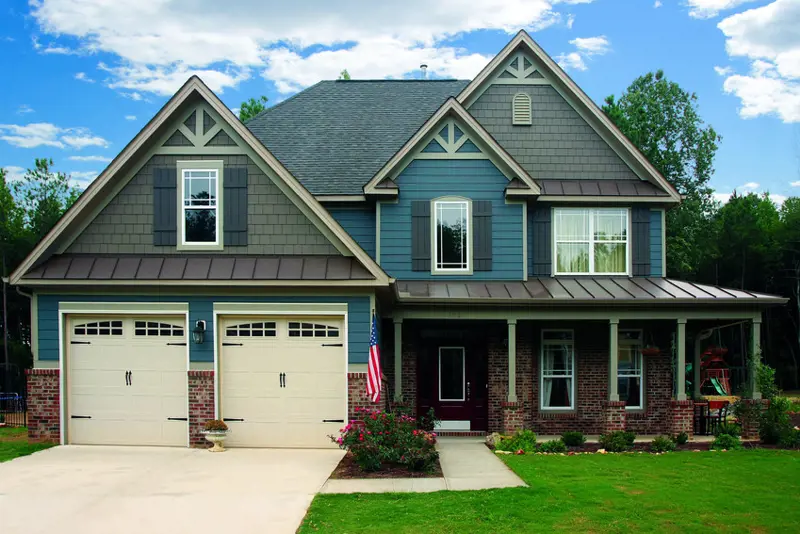
James Hardie Siding Review
Who is James Hardie?
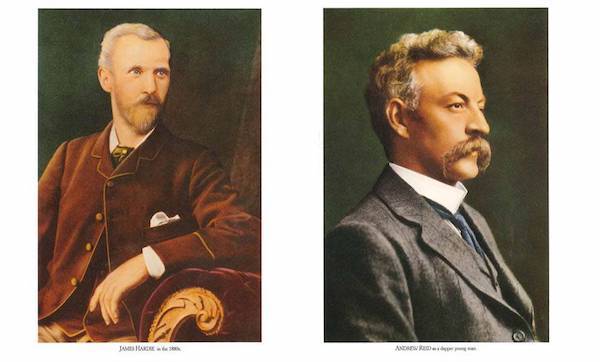
James Hardie Inc. is a fiber-cement business that operates in markets around the world. Their history dates back to 1888 when James Hardie moved from Scotland to Australia. After arriving in Australia, James centered his business on importing oils and animal hide tanning products.
It was his business partner’s (Andrew Reid) family, that expanded the business and built up a diverse portfolio of building and industrial products. Reid’s family was still at the head of the business when James Hardie pioneered the development of fiber-cement technology in the mid-1980s.
Today James Hardie is a world-leading manufacturer of fiber-cement building products with manufacturing operations in North America, Australia, New Zealand, and the Philippines.
Where are James Hardie products made?
In the U.S. James Hardie operates corporate, research, and manufacturing facilities in 10 locations. Manufacturing facilities are located in Illinois, Florida, Nevada, Texas, Virginia, and Washington.
What are James Hardie products made of?
James Hardie siding is made from fiber cement, a composite material made of cement and cellulose fibers. In building materials, cellulose fiber primarily consists of wood pulp and cotton. Raw materials used in Hardie products are low in toxicity - wood pulp, cement, sand, and water.
Do Hardie products have asbestos?
James Hardie began manufacturing asbestos-free fiber cement products in 1981, however, they did not stop manufacturing asbestos products until 1987. If your home has building products installed on it that were manufactured before 1988, it’s likely that they may contain asbestos. Asbestos cannot be confirmed without testing. To learn more, visit the EPA’s resources on asbestos.
Today’s James Hardie products do not contain asbestos.
What kind of products does James Hardie offer?
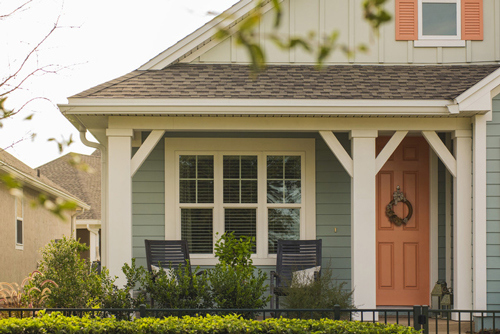
James Hardie manufactures a wide selection of siding products. Color and style availability varies by area, to find out exactly what is available to you contact a James Hardie contractor.
Their collections include:
HardiePlank® Lap Siding - Hardie’s best-selling product
HardieWrap® Weather Barrier
HardieBacker® Cement Board (for interior use)
Where can you buy James Hardie materials?
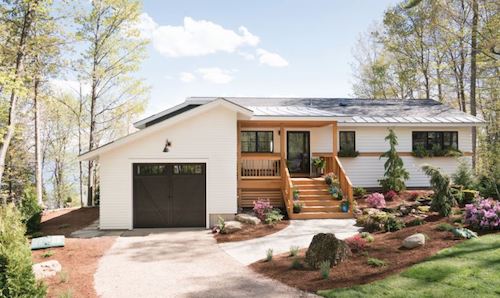
For homeowners in North Texas, you can contact our team at Brennan Enterprises for help with James Hardie siding services, for homeowners with projects outside of Texas, you’ll want to refer to James Hardie’s contractor finder.
How much does James Hardie siding cost for a 1500 sq ft house?
The cost of your James Hardie siding project can vary depending on the size of your home, the type of siding you choose, and whether you want one or multiple types of siding.
To replace the siding on a 1500 sq. ft. house with James Hardie lap siding you’ll want to budget about $8,000-$10,000. That should cover the cost of material and installation for primed James Hardie lap siding.
Painting the siding is typically an additional cost and the price of your project may increase if there is extensive damage to the structure of your home behind the siding that is being removed.
What problems do people run into with James Hardie products?
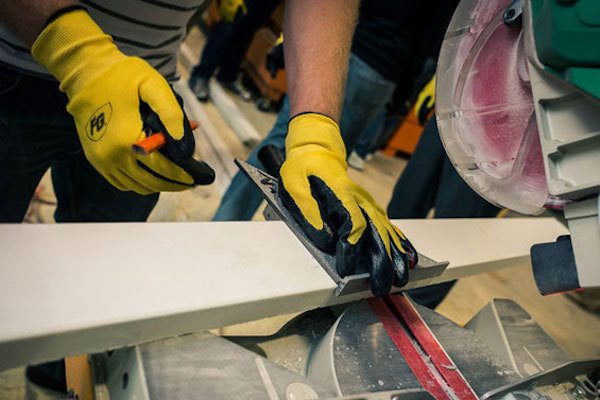
People often run into problems with their James Hardie products when they are installed by teams that have no experience working with James Hardie siding.
Fiber cement siding installation can take longer than the installation of other siding materials–the installation crew needs to be patient and meticulous. Because fiber cement is heavier than vinyl, it requires more planning, a bigger team, and precise installation to protect your home.
Details inexperienced installers sometimes overlook:
Properly joining Hardie boards
- Hardie boards should be joined in moderate contact, there is no need to leave a gap for expansion
- Use a 6” wide piece of weather resistive material between butt joints to prevent water damage
- All joints must land on a stud to avoid clusters, steps, and zipper patterns
Using enough fasteners to properly secure panels
- Despite their weight, Hardie panels can be very flexible–using fasteners in a consistent pattern and with full headed screws or nails can prevent damage from wind
- Use corrosion-resistant fasteners that will last as long as Hardie’s warranty
Leaving proper clearance to avoid moisture
- James Hardie siding is water resistant but it’s still made from cement which means it will absorb moisture if not properly installed or maintained. Leave proper gaps from hard surfaces like rooflines and soft surfaces like grass, dirt, or gravel
Is Hardie board siding waterproof?
James Hardie fiber cement products are engineered for climate. HZ5 products are manufactured for most of the northern US and Canada and HZ10 products are manufactured for the southern US to protect homes from hot and humid conditions.
In all climates James Hardie products–
- Stand up to storms and harsh weather
- Are weather resistant to protect against swelling, warping, cracking, and also resists mold damage
- Won’t be eaten by animals or insects
- Is fire resistant
Can you pressure wash Hardie board?
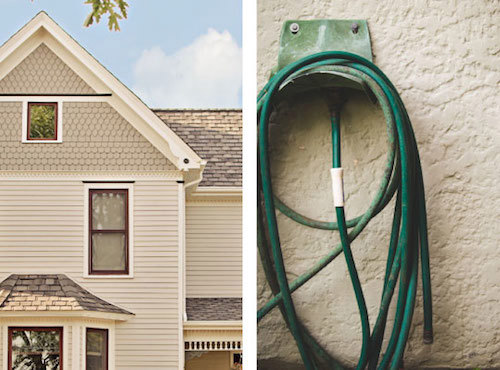
Any high-pressure water blast and sandblasting can cause damage to the surface of fiber cement products. James Hardie recommends low-pressure water spray and advises against acid washing.
James Hardie offers cleaning and maintenance instructions on their website. The recommendations vary by the condition of the products/what you’re trying to clean (construction/cutting/existing dirt and chalk; oil, grease, or other organic contaminants; mold and mildew).
Should I buy James Hardie Siding?
James Hardie siding is installed on over 8 million homes in North America. It’s a durable, low-maintenance alternative to wood and vinyl siding and as a masonry siding, it also offers the best ROI when compared to other siding materials. In fact, in the Dallas area, manufactured stone veneer siding projects offer the best ROI compared to other home improvement projects.
James Hardie fiber cement siding isn’t inexpensive but it offers great weather resistance, fire resistance, and high resale value. If you do decide to have James Hardie siding installed on your home make sure you choose a contractor with experience installing James Hardie siding.
If you’re interested in exploring James Hardie products available to North Texas residents, visit our James Hardie product section.
Compare ROI for home improvement projects in Dallas, Texas by downloading the 2019 Cost vs. Value report.

Oops!
We don't currently serve your area but do want to help you plan your project. Try our Build & Price tool to get an idea of window & door costs within DFW. Your area may be higher or lower but at least you'll have some idea of the price.
Thanks for stopping by.




